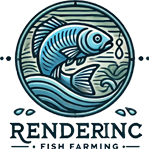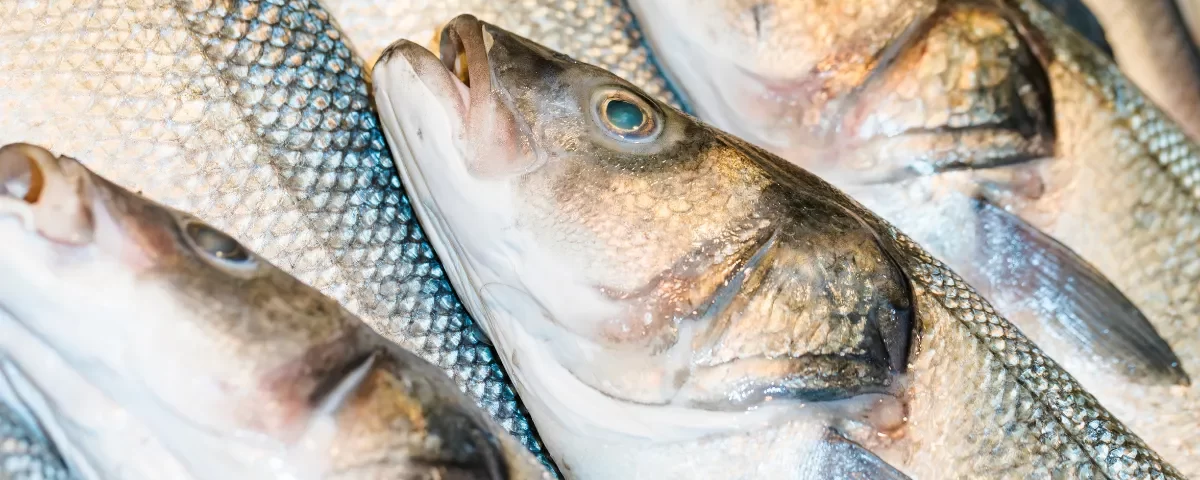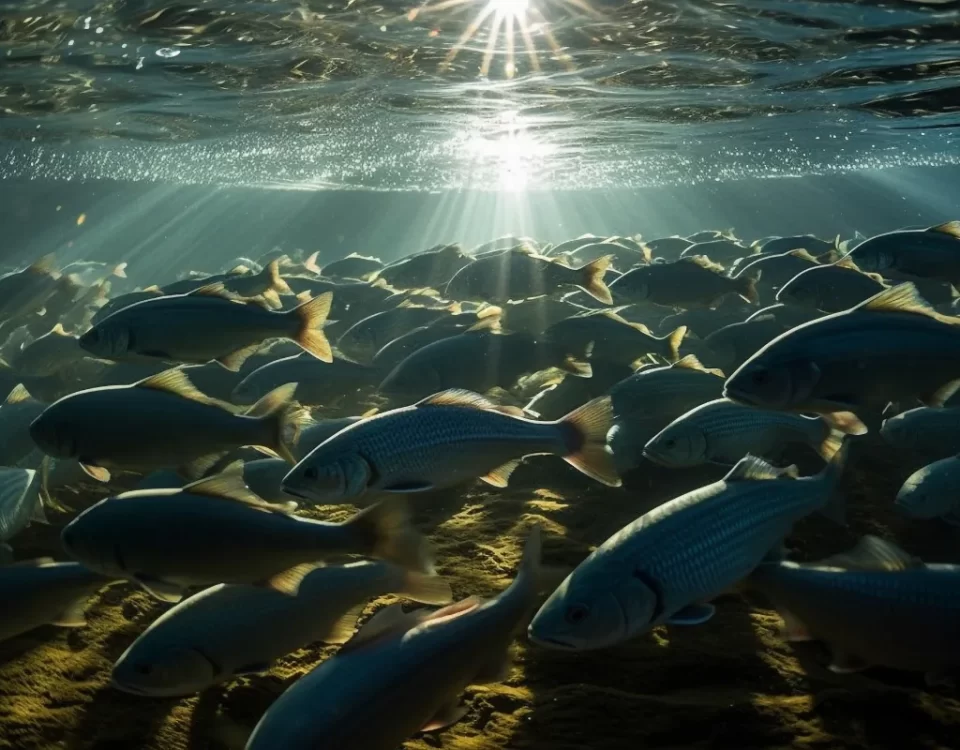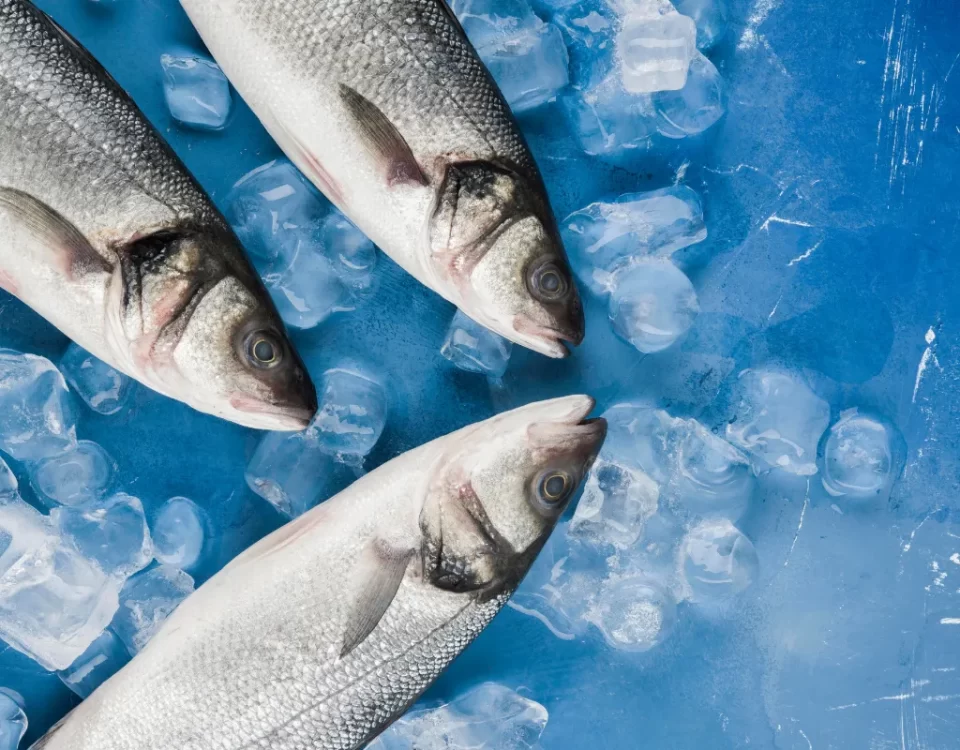Managing Risks in Fish Farming: What Every Farmer Should Know

Green Aquaculture: Growing Fish with Minimal Resources
setembro 6, 2024
How to Create a Sustainable Fish Farm with Limited Resources
setembro 7, 2024Understanding the Risks in Fish Farming
Fish farming, also known as aquaculture, presents a variety of risks that farmers must navigate to ensure the success and sustainability of their operations. These risks can be categorized into environmental, biological, and financial categories, each posing unique challenges to fish farmers.
Environmental Risks
One of the primary environmental risks in fish farming is water quality. Fluctuations in water temperature, oxygen levels, and pH can directly impact the health and growth of fish. Additionally, environmental factors such as pollution from nearby sources or changes in climate can further destabilize the ecosystem in which fish are raised.
Biological Risks
Biological risks in fish farming stem from various sources, including disease outbreaks and parasitic infestations. These risks can quickly spread among fish populations, leading to significant losses if not properly managed. Moreover, predators and competitors in the aquatic environment can threaten the health and productivity of the fish farm.
Financial Risks
In the realm of financial risks, fish farmers face uncertainties such as fluctuating market prices, rising input costs, and regulatory changes. These factors can directly impact the profitability of the fish farm and its long-term sustainability. Without a robust financial strategy in place, farmers may find their operations vulnerable to sudden market shifts or unexpected expenses.
Importance of Risk Identification and Mitigation
It is paramount for fish farmers to identify and mitigate risks proactively to safeguard their operations. By conducting thorough risk assessments and implementing appropriate risk management strategies, farmers can reduce the likelihood of potential disruptions and losses. Whether through implementing biosecurity measures, diversifying fish stocks to minimize disease risks, or maintaining a financial buffer to weather market fluctuations, proactive risk management is instrumental in ensuring the resilience and success of a fish farm.
Environmental Risks in Fish Farming
When it comes to fish farming, environmental risks play a crucial role in the success or failure of a farm. Water quality issues, extreme weather conditions, and pollution are among the key challenges that farmers must address to ensure the health and sustainability of their operations.
Description of Environmental Risks
Water quality issues pose a significant threat to fish farms. Factors such as oxygen levels, pH balance, and nutrient concentrations can directly impact the growth and well-being of the fish. Any fluctuations in these parameters can lead to stress, disease outbreaks, or even mass mortality events.
Weather conditions also play a vital role in the environmental risks faced by fish farmers. Heavy rains, temperature extremes, and storms can disrupt the balance of the aquaculture system, leading to losses of fish stock and damage to infrastructure.
Pollution, whether from chemical runoff, waste discharge, or invasive species, can have devastating effects on fish farms. Contaminants in the water can harm the fish, disrupt the ecosystem, and damage the reputation of the farm.
Strategies to Manage Environmental Risks
To mitigate these risks, fish farmers must adopt strategic measures. Proper site selection is crucial, taking into account factors such as water source, proximity to pollution sources, and potential weather patterns. Conducting regular water monitoring is essential to track parameters and detect any deviations early on.
Implementing waste management practices is also vital in minimizing environmental risks. Recirculating aquaculture systems can help in reducing water usage and waste discharge, while proper disposal of farm byproducts can prevent pollution issues.
Case Studies
One notable example of environmental risks affecting fish farms is the Salmon farming industry in certain regions. Disease outbreaks, pollution, and algal blooms have led to significant losses for some farms, highlighting the importance of proactive risk management strategies.
Another case involves shrimp farming in areas prone to severe weather events. Hurricanes and typhoons have caused massive damage to shrimp farms, emphasizing the need for resilient infrastructure and emergency preparedness.
In conclusion, understanding and addressing environmental risks are paramount for the sustainable success of fish farming operations. By implementing strategic measures and learning from past challenges, farmers can navigate these risks effectively and thrive in the ever-changing aquaculture industry.
Biological Risks in Fish Farming
Fish farming, like any agricultural practice, comes with its fair share of biological risks that can pose serious threats to the health and productivity of fish stocks. The three primary biological risks in fish farming are disease outbreaks, parasites, and predators. Disease outbreaks can decimate an entire fish population if not managed properly, while parasites can weaken the fish, making them susceptible to diseases. Predators, both aquatic and avian, can also prey on fish stocks, causing significant losses to the farmer.
Disease Outbreaks
Disease outbreaks in fish farming can spread rapidly and have devastating consequences if not detected and treated promptly. Common fish diseases include bacterial infections, viral diseases, and parasitic infestations. To prevent disease outbreaks, farmers must establish strict biosecurity measures on their farms. This includes controlling access to the farm, regularly disinfecting equipment, and implementing quarantine procedures for new fish stocks. Vaccination of fish against common diseases can also help boost their immune response and reduce the risk of outbreaks.
Parasites
Parasites such as flukes, lice, and worms can infect fish and weaken their immune systems, making them more susceptible to diseases. To control parasites, farmers can implement natural predator control methods by introducing predator fish species that feed on parasites without harming the cultivated fish. Regular monitoring of fish populations for signs of parasite infestation is crucial for early detection and treatment.
Predators
Predators pose a significant threat to fish farms, especially in open water systems. Birds, mammals, and other aquatic predators can prey on fish stocks, causing considerable losses to farmers. To protect fish stocks from predators, farmers can use deterrents such as netting, sonic devices, and visual scare tactics. Proper stocking density is also essential, as overcrowded pens can attract predators looking for an easy meal. Regular monitoring of predator activity and early intervention are key to minimizing losses due to predation.
Stocking Density and Disease Monitoring
Maintaining the optimal stocking density is crucial for the overall health and well-being of fish stocks. Overcrowding can lead to increased stress levels, poor water quality, and higher susceptibility to diseases. Farmers should carefully monitor stocking densities and be vigilant for early signs of disease, such as abnormal behavior, reduced feeding activity, and visible lesions. Early detection allows for prompt action, such as separating sick fish, adjusting stocking densities, and implementing targeted treatment measures to prevent disease spread.
In conclusion, understanding and effectively managing biological risks in fish farming are essential for ensuring the long-term sustainability and profitability of fish farms. By implementing comprehensive biosecurity measures, utilizing vaccination strategies, controlling parasites through natural methods, and monitoring stocking densities for early signs of disease, farmers can mitigate the impact of biological risks and safeguard their fish stocks against potential threats.
Financial Risks in Fish Farming
When embarking on the journey of fish farming, it is crucial for farmers to be well-versed in the financial risks that come along with this venture. Market price fluctuations, production costs, and regulatory changes are some of the key factors that can significantly impact the financial stability of a fish farming operation.
Overview of Financial Risks
Market price fluctuations in the fish industry can be highly unpredictable, influenced by factors such as supply and demand, weather conditions, and global market trends. Sudden shifts in prices can directly affect the profitability of a fish farming business, making it essential for farmers to stay informed and adapt quickly to market changes.
Production costs are another critical financial risk that fish farmers need to carefully monitor. Expenses related to feed, equipment, labor, and maintenance can vary significantly and have a direct impact on the overall profitability of the operation. Keeping a detailed record of expenses and conducting regular cost assessments can help farmers identify areas where cost-saving measures can be implemented.
Regulatory changes at the local, state, or federal level can also pose financial risks to fish farming businesses. New regulations regarding environmental standards, permits, or safety requirements can lead to additional expenses or operational changes that may disrupt the financial flow of the business. Staying informed about regulatory developments and ensuring compliance is vital to mitigate these risks.
Risk Management Strategies
To effectively manage financial risks in fish farming, farmers can implement various strategies such as diversification, insurance, and financial planning. Diversifying the species of fish being farmed or exploring different markets can help spread the risk and minimize the impact of market fluctuations.
Obtaining insurance coverage tailored to the specific needs of a fish farming operation can provide a safety net against unexpected events such as disease outbreaks or natural disasters. Developing a comprehensive financial plan that includes budgeting, cash flow projections, and risk assessments can help farmers make informed decisions and navigate potential financial challenges.
Tips for Budgeting and Forecasting
Maintaining a detailed budget that accurately reflects all expenses and revenues is essential for effective financial management in fish farming. Farmers should regularly review and adjust their budgets based on actual performance to identify variances and make necessary adjustments.
Conducting forecasting exercises to anticipate potential scenarios and plan for contingencies can help farmers proactively address financial risks. By analyzing historical data, market trends, and external factors, farmers can develop realistic forecasts that aid in decision-making and minimize financial uncertainties.
In conclusion, by understanding the various financial risks involved in fish farming and implementing proactive risk management strategies, farmers can safeguard their operations and ensure long-term sustainability and success.
Best Practices for Managing Risks in Fish Farming
In the realm of fish farming, where the interplay of numerous factors can impact operations, managing risks is key to ensuring a successful and sustainable venture. By implementing best practices geared towards risk management, fish farmers can navigate challenges with resilience and foresight.
Importance of Creating a Risk Management Plan
Central to mitigating risks in fish farming is the development of a comprehensive risk management plan tailored to the specific characteristics of the farm’s operations and its geographic location. This plan should encompass an assessment of potential risks, such as water quality fluctuations, disease outbreaks, or adverse weather conditions, and outline proactive measures to address these contingencies. By outlining protocols and procedures in advance, the farm can minimize the impact of unforeseen events and enhance its overall preparedness.
Regular Monitoring and Assessment of Risks
An integral aspect of effective risk management in fish farming is the ongoing monitoring and evaluation of potential risks. Farmers should conduct regular assessments to identify emerging threats or vulnerabilities, taking into account factors such as changing environmental conditions or market trends. By maintaining vigilance and staying attuned to the dynamic landscape of risks, farmers can swiftly adapt their strategies and optimize their operations for resilience.
Collaboration with Industry Experts and Regulatory Agencies
In the complex and evolving field of fish farming, collaboration with industry experts, researchers, and regulatory agencies is instrumental in staying informed and proactive in risk management efforts. By fostering partnerships with those at the forefront of innovation and expertise, fish farmers can gain access to cutting-edge knowledge and latest insights on risk mitigation strategies. Furthermore, engaging with regulatory bodies ensures compliance with industry standards and guidelines, promoting a culture of responsibility and long-term sustainability in fish farming practices.
Case Studies of Successful Risk Management in Fish Farming
In the realm of fish farming, where the delicate balance of nature and business intersect, effective risk management is paramount to sustainable success. Let’s delve into the profiles of some successful fish farms that have navigated the treacherous waters of risk with finesse and fortitude.
Profile of Successful Fish Farms
One shining example is Aquafarm Innovations, a pioneering fish farm that has garnered acclaim for its cutting-edge risk management strategies. By embracing innovative technologies, such as automated feeding systems and real-time water quality monitoring, Aquafarm Innovations has minimized the risks associated with disease outbreaks and environmental fluctuations.
Lessons Learned and Strategies Applied
The key takeaway from Aquafarm Innovations’ success story is the importance of proactive risk assessment and swift response plans. By identifying potential risks early on and implementing measures to mitigate them, fish farmers can safeguard their operations from unforeseen challenges.
Insights from Farm Owners and Managers
In a candid interview with the founder of Aquafarm Innovations, Ms. Marina Chen, she emphasized the critical role of continuous learning in risk management. Staying abreast of industry trends and best practices is essential in staying ahead of potential threats,” Ms. Chen remarked. Her words underscore the importance of adaptability in an ever-evolving industry.
Looking Towards the Future
As the fish farming industry continues to expand and evolve, the future of risk management hinges on embracing sustainability and embracing technological advancements. By prioritizing risk management in their operations, fish farmers can not only ensure the longevity of their businesses but also contribute to the growth and resilience of the industry as a whole.

Michael Rivers is an experienced aquaculture enthusiast with over a decade of hands-on knowledge in fish farming and sustainable aquatic systems. Passionate about promoting eco-friendly practices, he shares his expertise on fish breeding, water management, and the latest advancements in aquaculture technology. Through his blog, Michael aims to help both beginners and seasoned fish farmers achieve success in their ventures while contributing to the growth of sustainable food production.




